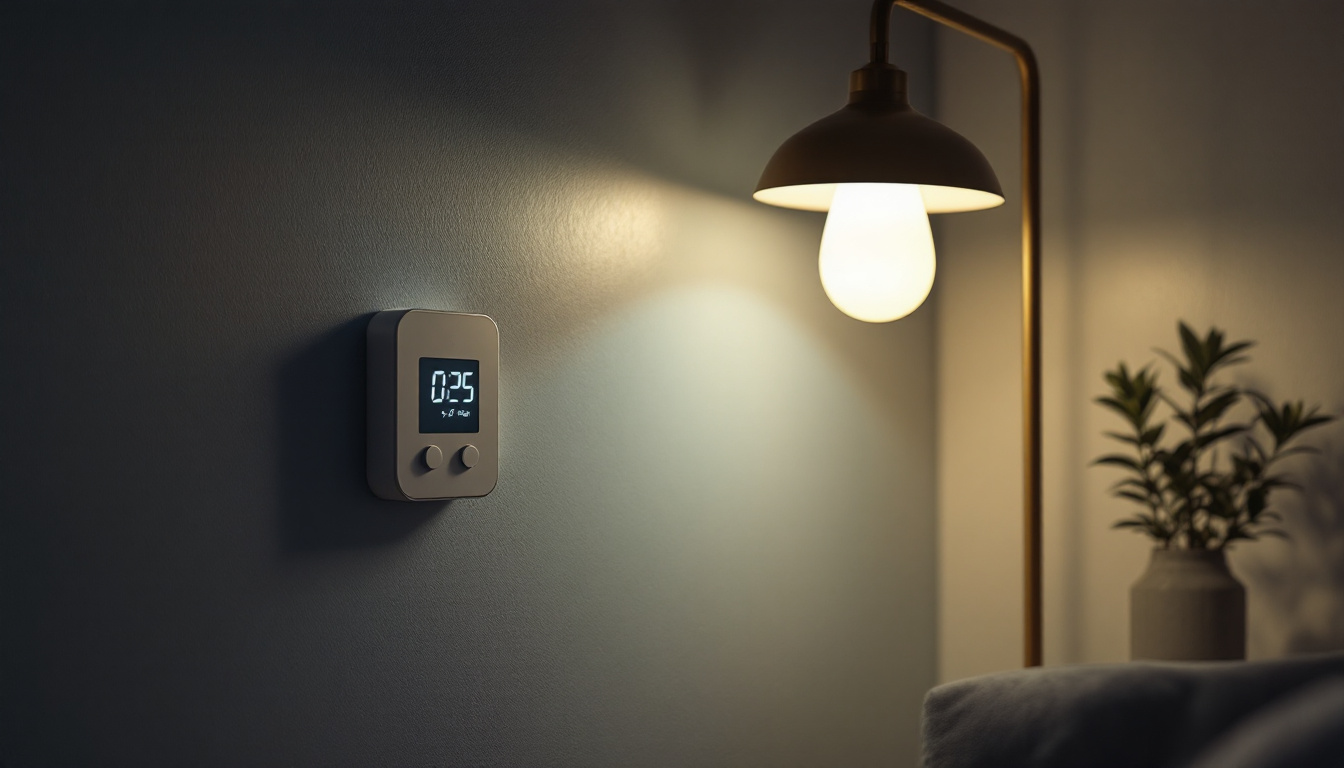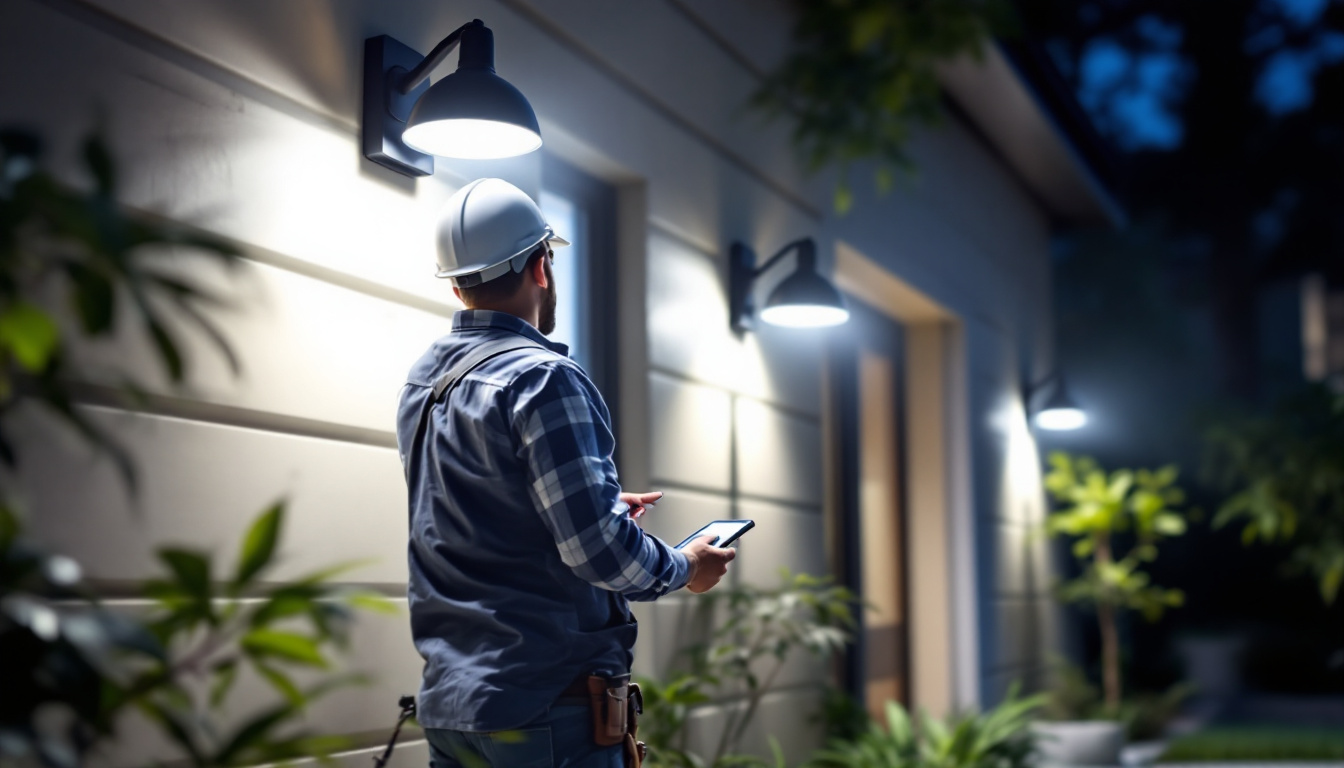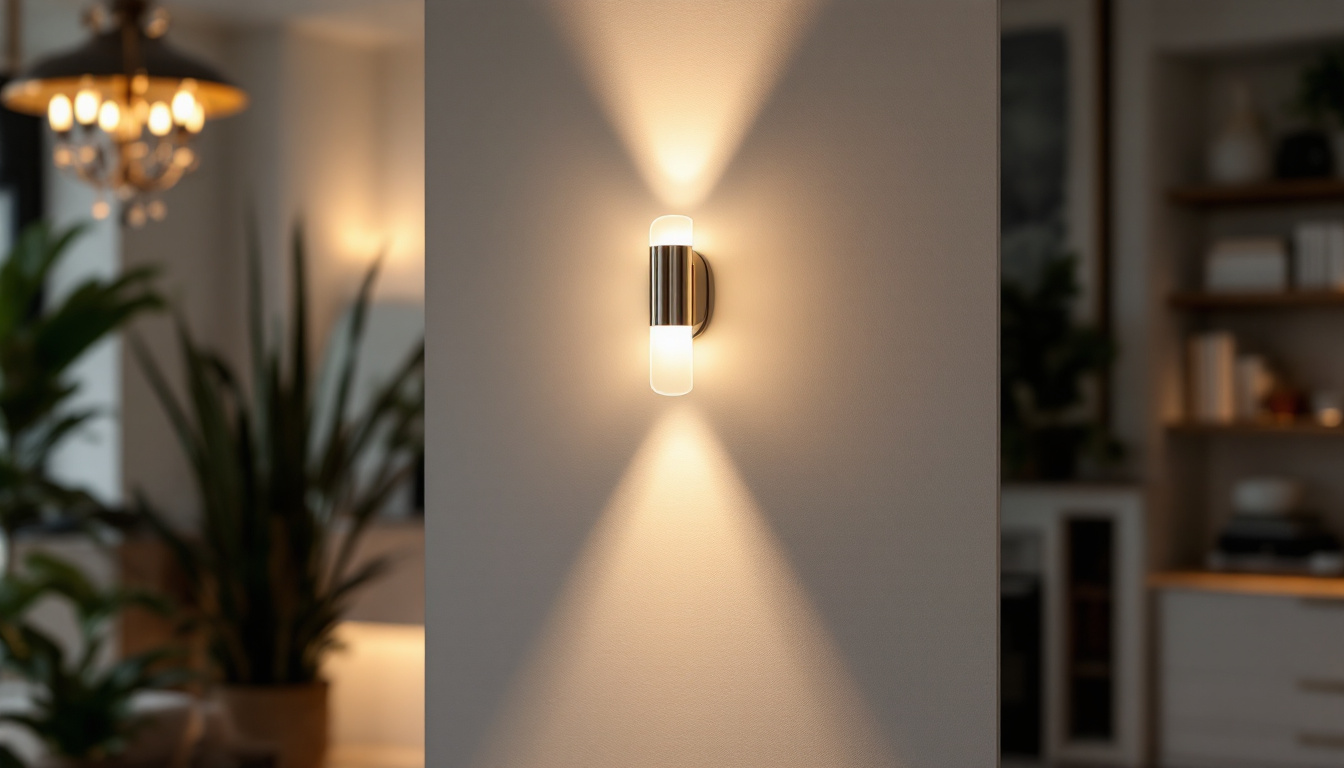
In the realm of lighting installations, safety is a paramount concern for contractors and homeowners alike. Digital timers for lamps have emerged as a practical solution, enhancing safety while providing convenience and energy efficiency. These devices allow users to automate their lighting systems, ensuring that lights are only on when needed, thereby reducing the risk of accidents and energy waste.
This article explores the various benefits of digital timers in lighting installations, focusing on how they contribute to safety, energy savings, and overall efficiency. By understanding the advantages of these devices, lighting contractors can make informed recommendations to their clients, ultimately leading to safer and more efficient lighting solutions.
One of the most significant advantages of digital timers is their ability to create a sense of security. By programming lights to turn on and off at specific times, homeowners can simulate occupancy, which is a powerful deterrent against potential intruders. This feature is particularly beneficial for those who travel frequently or spend extended periods away from home. Furthermore, many modern digital timers come equipped with randomization features, which can further enhance security by varying the timing of the lights, making it less predictable for anyone observing the property.
In addition to security benefits, digital timers also play a crucial role in energy conservation. With rising energy costs and increasing awareness of environmental issues, many homeowners are seeking ways to reduce their carbon footprint. Digital timers can help achieve this by ensuring that outdoor lights are only operational during necessary hours, such as dusk to dawn, and by allowing for the integration of smart home systems. This integration can enable users to control their lighting remotely, monitor energy usage, and even receive alerts when lights are left on unnecessarily, fostering a more sustainable approach to energy consumption.
Digital timers are programmable devices that control the on and off cycles of lamps and other lighting fixtures. Unlike traditional timers, which may rely on mechanical components, digital timers utilize electronic circuits for precise timing and programming. This technology allows for a range of features that enhance both functionality and safety.
Typically, digital timers can be set to turn lights on and off at specific times, providing a level of automation that is particularly beneficial for outdoor lighting, security systems, and energy management. By integrating these timers into lighting installations, contractors can offer clients a more sophisticated and user-friendly experience.
Digital timers come in various forms, each designed to meet specific needs and applications. Common types include:
One of the primary advantages of using digital timers in lighting installations is the enhancement of safety. By automating lighting schedules, these devices help mitigate several risks associated with manual lighting control.
For instance, outdoor lighting is crucial for security, but leaving lights on all night can lead to energy waste and increased costs. Digital timers can be programmed to turn lights on at dusk and off at dawn, ensuring that areas remain well-lit when needed without unnecessary energy consumption.
Accidents often occur in poorly lit areas. Digital timers can help prevent such incidents by ensuring that lights are activated at appropriate times. For example, in commercial settings, timers can be set to illuminate parking lots and pathways during business hours, reducing the likelihood of slips, trips, and falls.
Moreover, by controlling indoor lighting, timers can help create a safer environment at home. For instance, programming lights to turn on when someone arrives home after dark can deter potential intruders and provide a welcoming atmosphere.
Another critical safety aspect of digital timers is their role in reducing fire hazards. Leaving lamps on for extended periods can lead to overheating and, in some cases, fires. By utilizing timers to turn off lights after a predetermined period, homeowners can significantly decrease this risk.
Additionally, for contractors working on lighting installations, recommending timers can enhance the overall safety profile of the project. Clients will appreciate the proactive approach to fire safety, which can also be a selling point for energy-efficient lighting solutions.
In addition to safety benefits, digital timers also contribute to energy efficiency and cost savings. By automating lighting schedules, these devices help ensure that lights are only on when necessary, leading to reduced energy consumption.
For contractors, this aspect is particularly appealing. Many clients are increasingly concerned about their energy bills and environmental impact. By incorporating digital timers into lighting installations, contractors can provide a solution that addresses these concerns while enhancing safety.
Digital timers allow for precise control over lighting usage, enabling users to optimize energy consumption. For example, timers can be programmed to turn off lights during peak energy hours or when a space is unoccupied. This not only lowers electricity bills but also contributes to a more sustainable energy footprint.
Furthermore, many modern digital timers come equipped with energy monitoring features, allowing users to track their energy usage and make informed decisions about their lighting habits. This data can be invaluable for contractors looking to provide clients with tailored recommendations for energy efficiency.
While the initial investment in digital timers may seem significant, the long-term financial benefits often outweigh the costs. By reducing energy consumption, clients can experience substantial savings on their utility bills over time. Additionally, many energy providers offer incentives or rebates for energy-efficient upgrades, further offsetting the initial costs of installation.
Contractors can leverage these financial benefits when discussing digital timers with clients, emphasizing the return on investment that comes with enhanced safety and energy efficiency.
When incorporating digital timers into lighting installations, contractors must consider several factors to ensure optimal performance and client satisfaction. Understanding the specific needs of the installation site and the preferences of the client is crucial for a successful outcome.
Before recommending a digital timer, contractors should conduct a thorough assessment of the client’s needs. This includes understanding the types of lighting that will be used, the layout of the space, and any specific safety concerns the client may have. Engaging in open communication with clients will help ensure that the chosen timer aligns with their expectations and requirements.
With a variety of digital timers available, selecting the right one for a specific installation is essential. Contractors should consider factors such as ease of use, programming capabilities, and compatibility with existing lighting systems. For instance, if a client prefers a simple plug-in timer for a single lamp, a more complex smart timer may not be necessary.
Additionally, contractors should be familiar with the latest advancements in timer technology, such as timers that integrate with smart home systems. This knowledge will allow them to provide clients with the most up-to-date options available.
Once digital timers are installed, proper maintenance and troubleshooting are vital to ensure their continued functionality. Regular checks can help identify potential issues before they escalate, maintaining the safety and efficiency of the lighting system.
Contractors should advise clients on routine maintenance practices, such as checking the timer settings periodically to ensure they remain accurate. Dust and debris can accumulate on timers, potentially affecting their performance. Regular cleaning and inspection can help prolong the life of the device.
Additionally, clients should be informed about the importance of replacing batteries in battery-operated timers and ensuring that wired timers are functioning correctly. Providing clients with a maintenance schedule can help them stay proactive in managing their lighting systems.
Even with proper maintenance, issues may arise with digital timers. Common problems include incorrect programming, failure to turn on or off at the designated times, and connectivity issues with smart timers. Contractors should be prepared to assist clients with troubleshooting these problems.
Providing clients with a simple troubleshooting guide can empower them to resolve minor issues independently. For more complex problems, contractors should be available for support, ensuring that clients feel confident in their lighting installations.
Digital timers for lamps are a valuable addition to any lighting installation, offering enhanced safety, energy efficiency, and cost savings. By automating lighting schedules, these devices help prevent accidents, reduce fire hazards, and optimize energy use. For lighting contractors, understanding the benefits and considerations associated with digital timers is essential for providing clients with effective and safe lighting solutions.
As the demand for energy-efficient and safe lighting solutions continues to grow, incorporating digital timers into installations will not only meet client expectations but also position contractors as knowledgeable and forward-thinking professionals in the industry. Embracing this technology can lead to improved client satisfaction and long-term success in the lighting contracting business.
Ready to enhance the safety and energy efficiency of your lighting installations with the latest digital timers? Look no further than LumenWholesale for all your lighting needs. Our extensive selection of spec-grade lighting products is designed to meet the highest industry standards, ensuring you deliver reliable and high-performance lighting solutions to your clients. Take advantage of our unbeatable wholesale prices and free shipping on bulk orders to get premium lighting at the best value. Don’t settle for less; choose LumenWholesale for quality, affordability, and convenience. Start browsing our collection today and experience the difference in your next project. Wholesale Lighting at the Best Value.

Discover how exterior LED flood lights can enhance profitability in lighting installations.

Discover the essential considerations for lighting contractors when installing motion detector lights outdoors.

Discover the often-overlooked aspects of LED wall sconce light fixtures that even seasoned lighting contractors miss.

Discover expert insights on overcoming challenges in installing exterior lights with motion sensors.